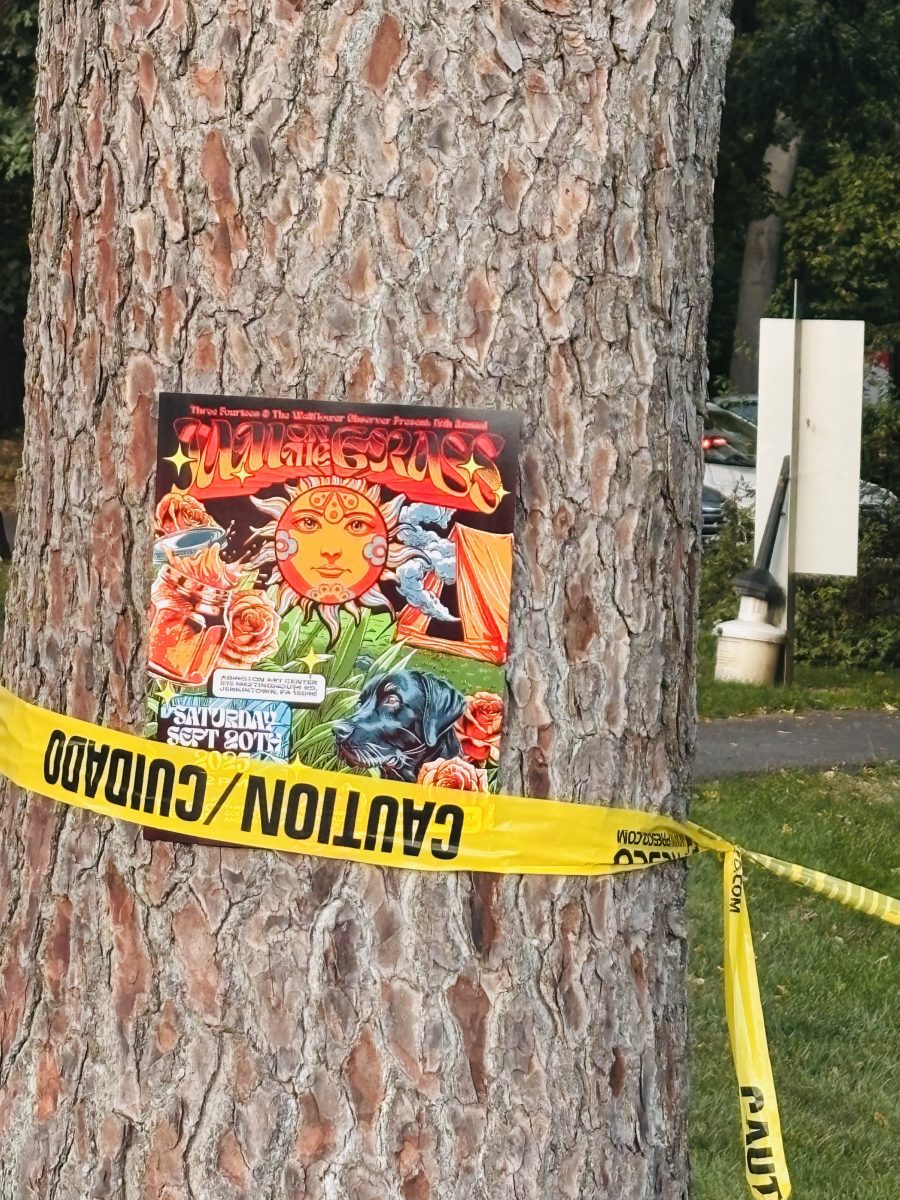by David Eisner
To understand and appreciate the music of Jon Cleary, imagine yourself in New Orleans in the Ninth Ward around lunchtime and deciding to mix up a big pot of Creole Gumbo. That funky soup by Chef Cleary would put in a pinch of Caribbean beat, two fingers of funk, a few shakes of reggae, a nice roux of jazz and rock, and some big chunks of Patois vocals.
As good as this recording is (GoGo Juice just won the Grammy award for Best Regional Roots music,) seeing Cleary live is even better. Why would that be? Because Jon Cleary and the “Gentlemen” feed off the energy of the crowd. The reciprocity between performer and audience is what turns a good performance into a great one.
I ask Cleary about his songwriting and how it is influenced by this axiom. “You set somebody up and you give it to them…then set them up again and twist or turn it.” How long does this process take? He answers by saying, “the songs I’m most happy with come to me almost completed.”
For Cleary, a song is born and often venturing out on its own in a few days. However, he adds, “sometimes a song I wrote but never completed could take ten years. I mean, it sits idle for years, and then I find it and an inspiration kicks me in the butt to take it home.” Such a song is “Oh, No No No”. Although unrecorded is now on the nightly set list.
Allen Toussaint (R.I.P.) did horn arrangement on the GoGo Juice recording. “I couldn’t afford Allen, but sent him some songs anyway. He heard them and said he liked them so much that I shouldn’t worry about any fee”. A seal of approval from a man of grace and dignity that helped carve out the New Orleans sound.
Of course, I had to ask Cleary about his musical influences; not only the styles of music, but the actual artists that help shape the unique music he continues to create today. “Syncopation is the roots of New Orleans music. I listened to a lot of Rock-Steady.” This is the music that preceded Reggae and followed Ska made by Jamaican artists that were listening to broadcasts on the late night Florida R&B shows. His influences and mentors also include Professor Longhair, Dr. John, Fats Domino, Ray Charles, and especially James Booker, who Jon subbed for at New Orleans’ legendary Maple Leaf Bar.
Cleary describes “Pump It Up,” the recording’s opening track: “I’m old school enough to pay attention to sequencing on a recording. This track says ‘okay, glad you’re here, so are we. Now let’s get on the floor and boogie down’.”
“Boneyard” features the killer Dirty Dozen Horns with charts by Allen Toussaint.
“Brother, I’m Hungry,” is a smooth, mournful, almost ballad-like number. Dancers get to do a slow one here. “I wrote this when I lived in New York City and it seemed like everywhere I went, the streets had beggars.”
“Getcha Go Go Juice,” the title track, showcases guitarist Derwin Perkins’ wah-wah, twistin’ and turnin’. Bass player Calvin Turner sets a deep groove complimented by some focused kick drum, tight stick work, and sharply punctuated cymbal crashes of Terence Higgins on drums.
Cleary says of John Porter, the album producer, “I met John back in the early nineties and we have become good friends over the years.” Porter has produced nineteen Grammy nominated recordings, winning ten. Both Cleary and Porter arranged horns on “Getcha Go Go Juice” and “Pump It Up.”
This band enjoys working together. That should be obvious from the call and response vocals and added harmonies. Folks, if you attend the show at World Café Live on February 25th, Jon Cleary and the Absolute Monster Gentlemen will transport you down to the real traditions of New Orleans music.
About the guest author: David Eisner is the president of the House of Musical Traditions, the founder of the Institute of Musical Traditions, and works as a live sound engineer. Email is hometrad@hmtrad.com.








